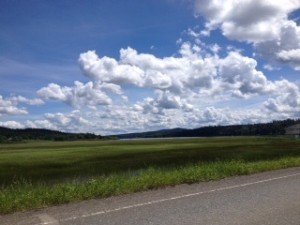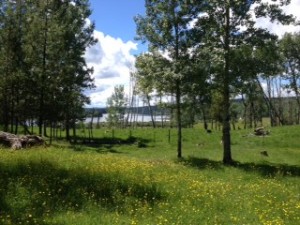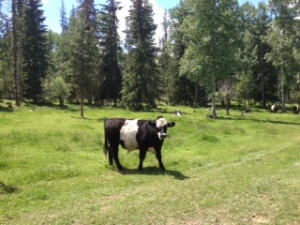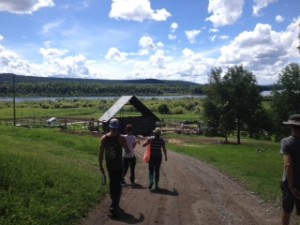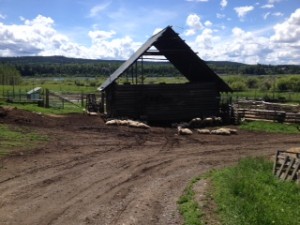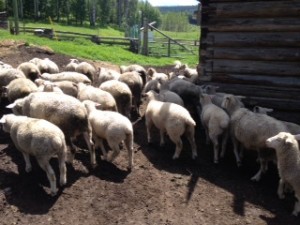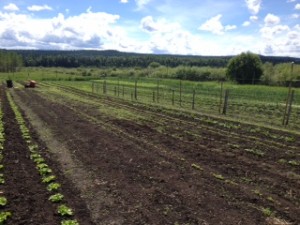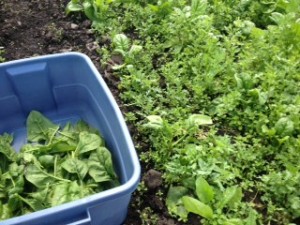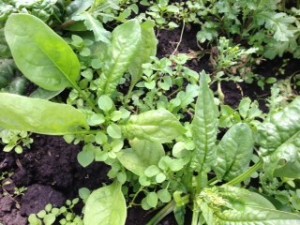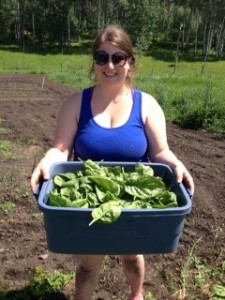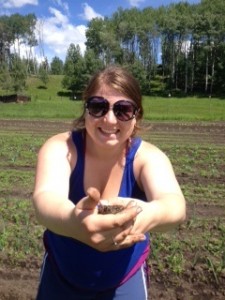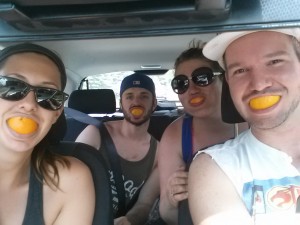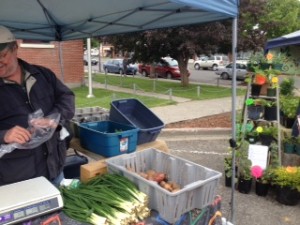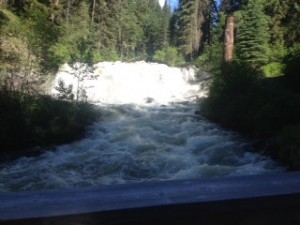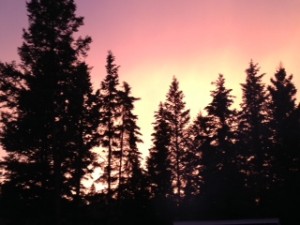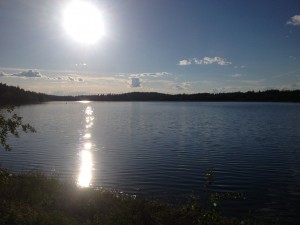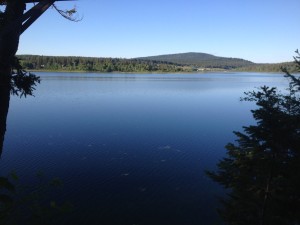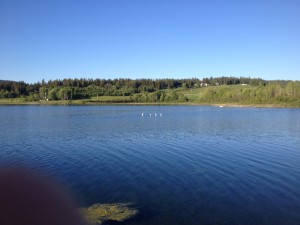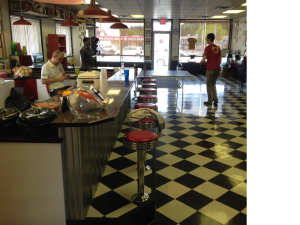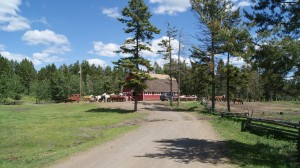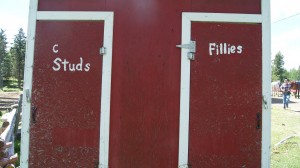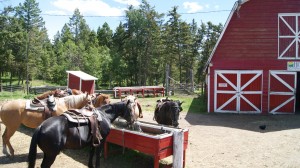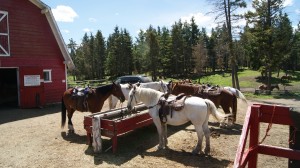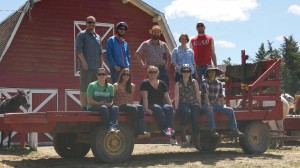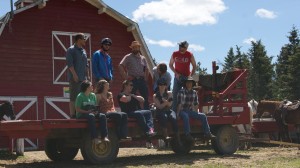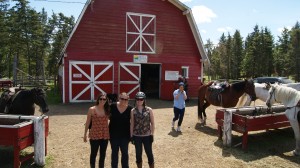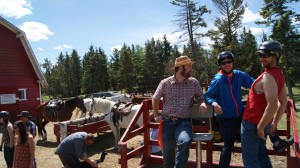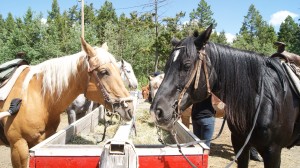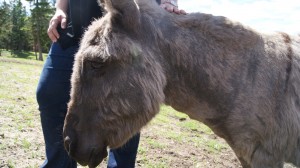I remember looking in my rear view mirror as I watched the tall skyscrapers of Vancouver disappear in the distance thinking about how the next 3 weeks would go. As someone who worries about the unknown, hundreds of questions were running through my head; What will I be doing for 3 weeks? What will the other student teachers be like? What will I do on the weekends when I don’t know anyone? I can say after being in Williams Lake for the last few days, my worries have been left behind in Vancouver. So far my experience has been absolutely incredible.
Williams Lake is located north of Vancouver in the Cariboo region. The town is situated in a breathtaking valley surrounded by lush green trees and the mighty Fraser River running straight through town. I arrived at the dorm rooms Sunday night around 7:00. The school district has placed all of the student teachers in dorm rooms for the three weeks. We each have a room with a single bed and there is a shared kitchen and communal area. For the next week this is where I will call home. As I was the last to arrive, I didn’t have much choice as far as rooms go. The only ones left were the ones without wifi. My first thought was, what am I going to do for 3 weeks without wifi? My worries were soon set aside as I went downstairs to hang out with the other student teachers. For the last few days we have played nightly board games, fuseball, cards and shared stories and many laughs.
For this week, I am working for two programs: Making Connections and Making Transitions. The Making Transitions program is a partnership between the school district and community that provides support for the most at risk elementary and secondary students in the district. The Making Connections program is an alternative to suspension program. The goal of the program is to create a safe and supportive environment for students to feel a sense of belonging.
Monday, June 9, 2014
On Monday, all of the student teachers met with the superintendent and other community partners for an introduction. Everyone shared their stories of how they got to where they are and as I listened to everyone, I was inspired by many of the experiences people had. After the meeting, the principal of Skyline Alternate School took us on a tour of the town and other schools in Williams Lake. I was able to meet and hear other teacher’s stories. I saw the many different educational roles teachers take on other than just being a classroom teacher. One thing I instantly noticed about Williams Lake was how incredibly friendly and kind everyone is. We have been welcomed into this community with open arms. On our first day, after 5 minutes of meeting us, we were invited by a local teacher to go on a field trip with him and his students the next day. What an awesome opportunity to get out into the community!
Tuesday, June 10, 2014
On Tuesday we hiked to Farewell Canyon with some of the students at Skyline Alternative School and Lake City Secondary School. We drove about 25 minutes down a dirt road and hiked for about an hour. The views were beautiful. When we reached the top, there was this massive sand dune and below was the Fraser River. It was a really great experience being able to see the kids outside of school and in nature. These programs provide kids with wonderful opportunities that they may not otherwise have.
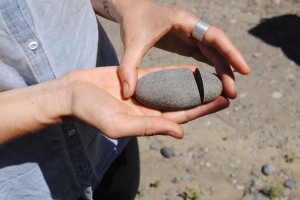
A rock split perfectly
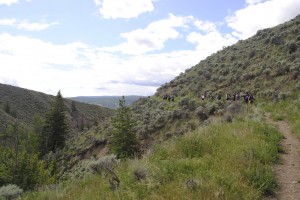
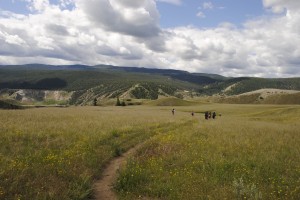
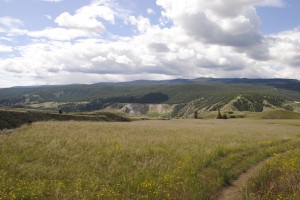
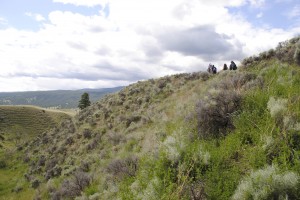
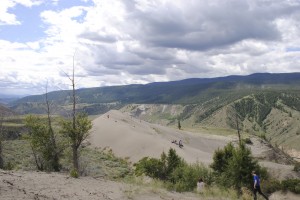
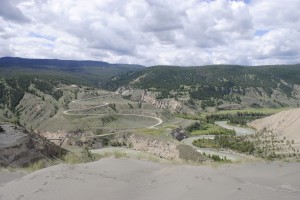
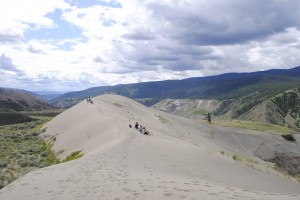
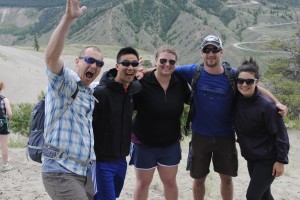
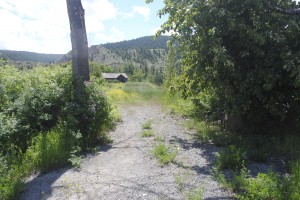
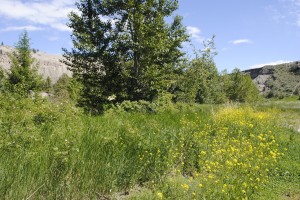
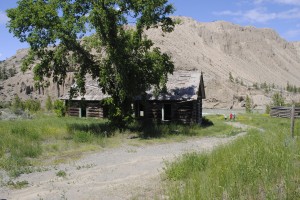
Wednesday, June 11, 2014
On Wednesday, I spent the day with kids that are home schooled 3 days a week and attend the local elementary school 2 days a week. The 2 days of the week that they are in a classroom, the kids are all together, 20 kids from kindergarten to grade 7. It’s a very unique experience in which the kids are able to have social interactions and experience a school environment while still being home schooled. The kids started the day with some discussion groups about a project they had done earlier in the week. During this time, we (the student teachers) were able to plan cooperative games to teach the students and pick out books to read during snack time. Afterwards we went back to the classroom and split into age groupings with the students. I was with the 2/3 students and read Strega Nona. The kids absolutely loved the book and were engaged the entire time. Afterwards, we took the kids downstairs to play cooperative games in the gym. During my practicum I did an entire cooperative games unit with my K/1/2 students so I had lots of fun game ideas. We taught them 21 and alligator crossing (my personal favourite). Afterwards we headed out for our walk and picnic, where the real fun began. We walked down the street to the river and we were instantly surrounded by wilderness. That’s one of the many things I love about Williams Lake. We followed a trail and traveled across the “bouncy bridge” as the kids refer to it. Along our adventure we found a birds nest, a dead snake, an ant hill, caterpillars, butterflies, and many other wonders.

Aphiad Eggs
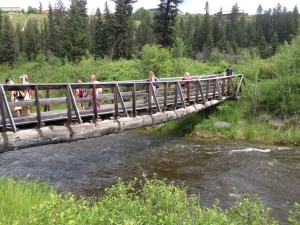
The “bouncy bridge”
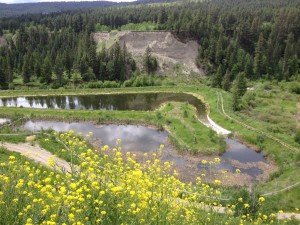
Lake River Trail
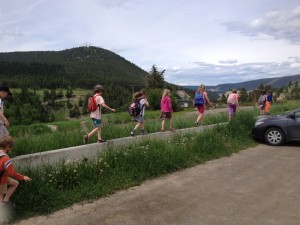
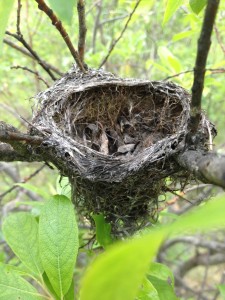
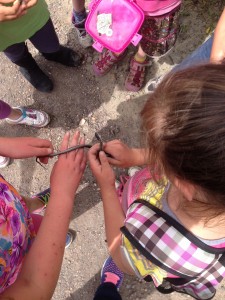
A dead snake the kids found
We sat and had lunch along the river and played games afterwards. We were given the task of setting up the “Spider Web” game. This is a team building activity in which ropes are strung across trees creating a spider web. The kids were split into teams and had the task of getting all of their team members through the spider web without touching the ropes. Each Student could only go through a hole once. The kids had a BLAST! It was so awesome to see them all working together with the older students helping the younger students. At the end, we student teachers were even able to try it ourselves. Definitely was harder than it looks. During this activity there was one thing that caught my attention and really made me think. One of the groups had tried to put one of their members through a hole multiple times but every time her shoulders would hit the ropes. The students kept wondering why they were having so many issues. The teacher knelt down and asked them if they had ever seen a calf born before. A couple of the girls in the group had. He then asked them what the hardest part of the calf’s body is for the mother to push out. He then went on to explain that the shoulders are the most difficult because it is the widest part of the calf. I was just amazed by this comparison. I would never think to compare their experience to that of a cow giving birth. In that moment I thought how different some of these kids experiences are because of the area they live in. I thought about how much the place around us affects not only how we as teachers teach but also the experiences and opportunities students have to learn. It really brought me back to my research on place-based learning and the connection of place to learning. Many of these kids have such an interest and physical connection to nature that I think is often missed in kids that grow up within the confinements of a large city. One little girl walked with me most of the way and she taught me a lot about the local plants and animals. It was incredible the knowledge she had.

“Spider Web”
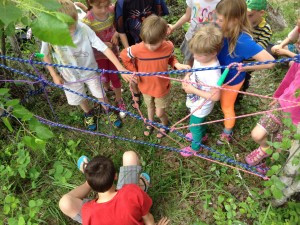
“Spider Web”

